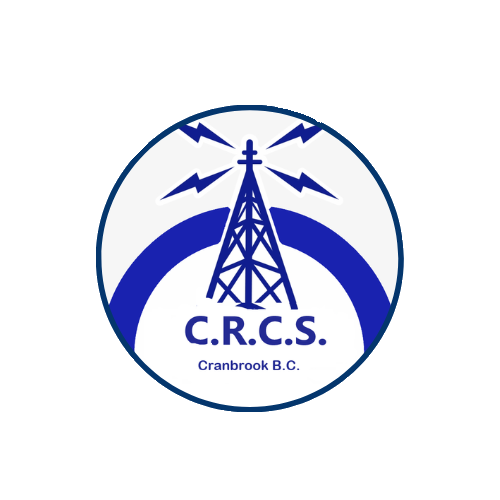In today’s dynamic work environments, ensuring the safety and well-being of employees is paramount. Join us as we delve into the essential practices of proper Personal Protective Equipment (PPE) usage and Hazard Assessments, empowering workplaces to create safer and healthier environments for their workforce.
Understanding the Role of Hazard Assessments
Hazard Assessments serve as foundational tools in identifying and mitigating workplace hazards. These assessments involve systematically evaluating the workplace environment to identify potential sources of harm or injury to employees. By conducting hazard assessments, employers can proactively identify hazards, assess their risks, and implement control measures to minimize or eliminate risks to worker safety. From physical hazards such as slips, trips, and falls to chemical exposures and ergonomic strains, hazard assessments enable organizations to tailor their safety measures effectively, ensuring a safer work environment for all.
Navigating the Importance of Proper PPE
Personal Protective Equipment (PPE) serves as the last line of defense against workplace hazards. From protective clothing and helmets to goggles and gloves, PPE plays a crucial role in safeguarding workers from injury and illness. However, the effectiveness of PPE hinges on proper selection, use, and maintenance. Employers must conduct thorough hazard assessments to determine the appropriate types of PPE required for specific tasks and ensure that employees receive adequate training on their proper use and care. By providing employees with the right PPE and ensuring its proper usage, employers can minimize the risk of workplace injuries and promote a culture of safety and responsibility.
The Intersection of Hazard Assessments and PPE Usage
Hazard assessments and PPE usage are intrinsically linked, with hazard assessments informing the selection and implementation of appropriate PPE measures. Through hazard assessments, employers can identify the specific hazards present in the workplace and determine the corresponding PPE requirements to mitigate those hazards effectively. For example, workers exposed to chemical hazards may require chemical-resistant gloves and respirators, while those working at heights may need fall protection equipment such as harnesses and lanyards. By integrating hazard assessments with PPE usage, employers can ensure comprehensive protection for their employees and create safer work environments.
Common Challenges and Best Practices in Hazard Assessments and PPE Usage
While hazard assessments and PPE usage are critical components of workplace safety, they also present unique challenges and considerations. Some common challenges include inadequate training and awareness, improper PPE selection, and insufficient enforcement of safety protocols. To overcome these challenges, employers can implement best practices such as:
Comprehensive Training:
Provide employees with thorough training on hazard recognition, PPE selection, proper usage, and maintenance to ensure they understand the importance of safety measures and how to use PPE effectively.
Regular Inspections:
Conduct routine inspections of PPE to ensure it remains in good condition and meets safety standards. Replace damaged or worn-out equipment promptly to maintain its effectiveness.
Employee Engagement:
Encourage active participation and feedback from employees in hazard assessments and safety protocols. Empower workers to report hazards and suggest improvements to enhance workplace safety.
Continuous Improvement:
Regularly review and update hazard assessments and safety procedures to reflect changes in the workplace environment, equipment, or processes. Continuously seek opportunities to improve safety measures and mitigate risks effectively.
Conclusion: Prioritizing Workplace Safety through Hazard Assessments and Proper PPE Usage
In conclusion, prioritizing workplace safety requires a proactive approach that integrates hazard assessments with proper PPE usage. By conducting thorough hazard assessments, identifying workplace hazards, and implementing appropriate control measures, employers can create safer work environments and protect the health and well-being of their employees. Additionally, ensuring proper selection, use, and maintenance of PPE reinforces these safety efforts, providing workers with the necessary protection against workplace hazards. Together, hazard assessments and proper PPE usage form the cornerstone of effective workplace safety programs, empowering organizations to mitigate risks, prevent injuries, and promote a culture of safety and well-being for all employees. Join us at CRCS in mastering workplace safety through hazard assessments and proper PPE usage, ensuring a safer and healthier workplace for everyone.




